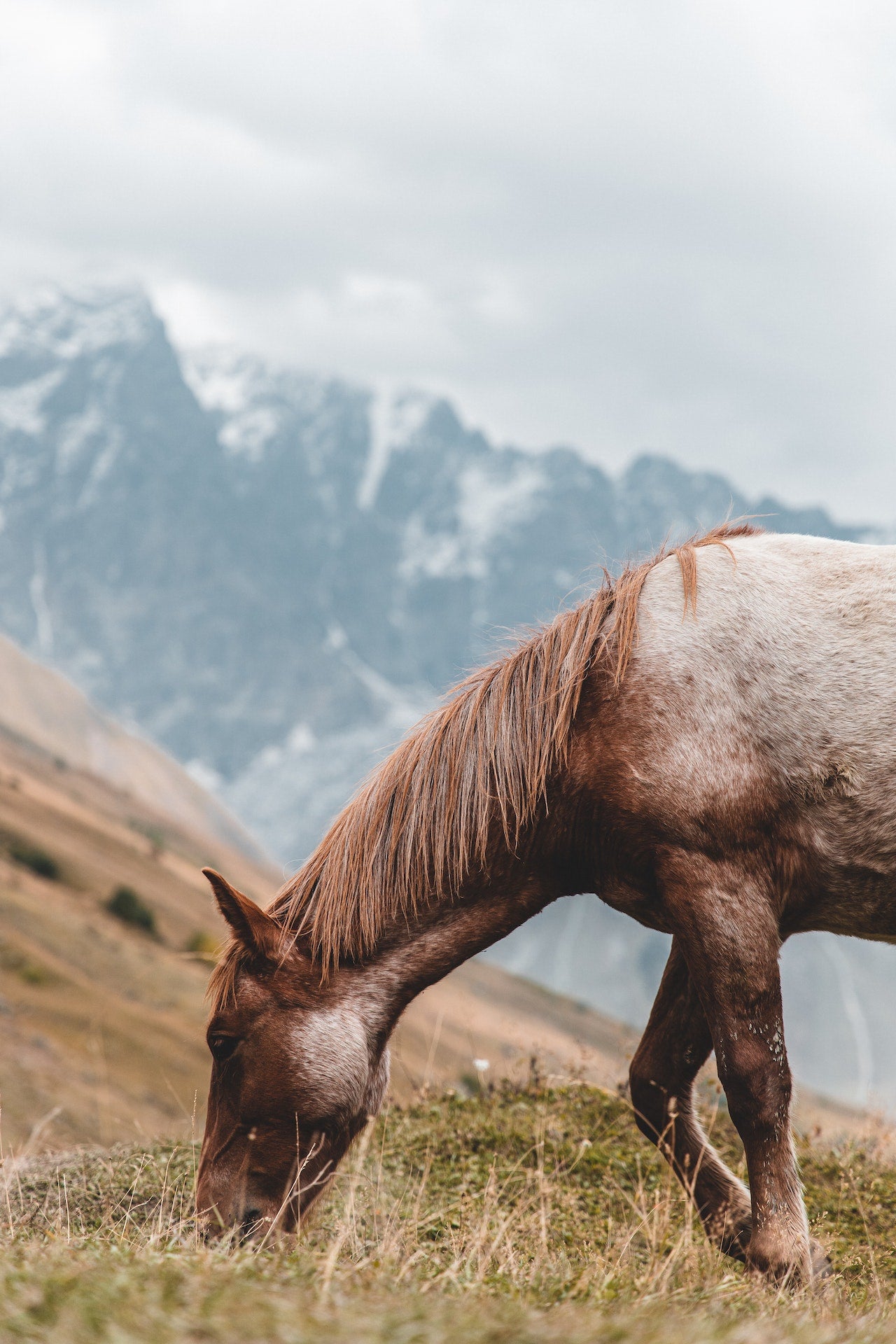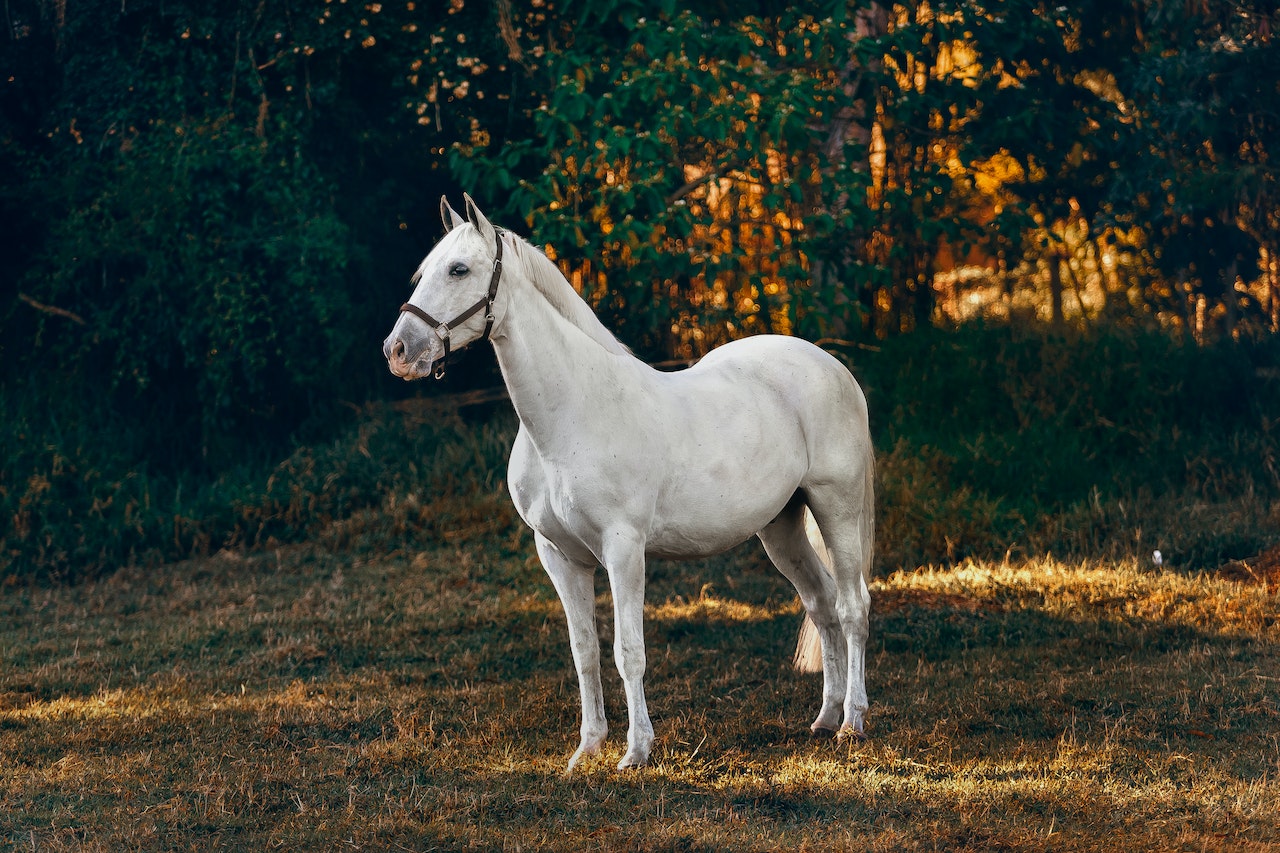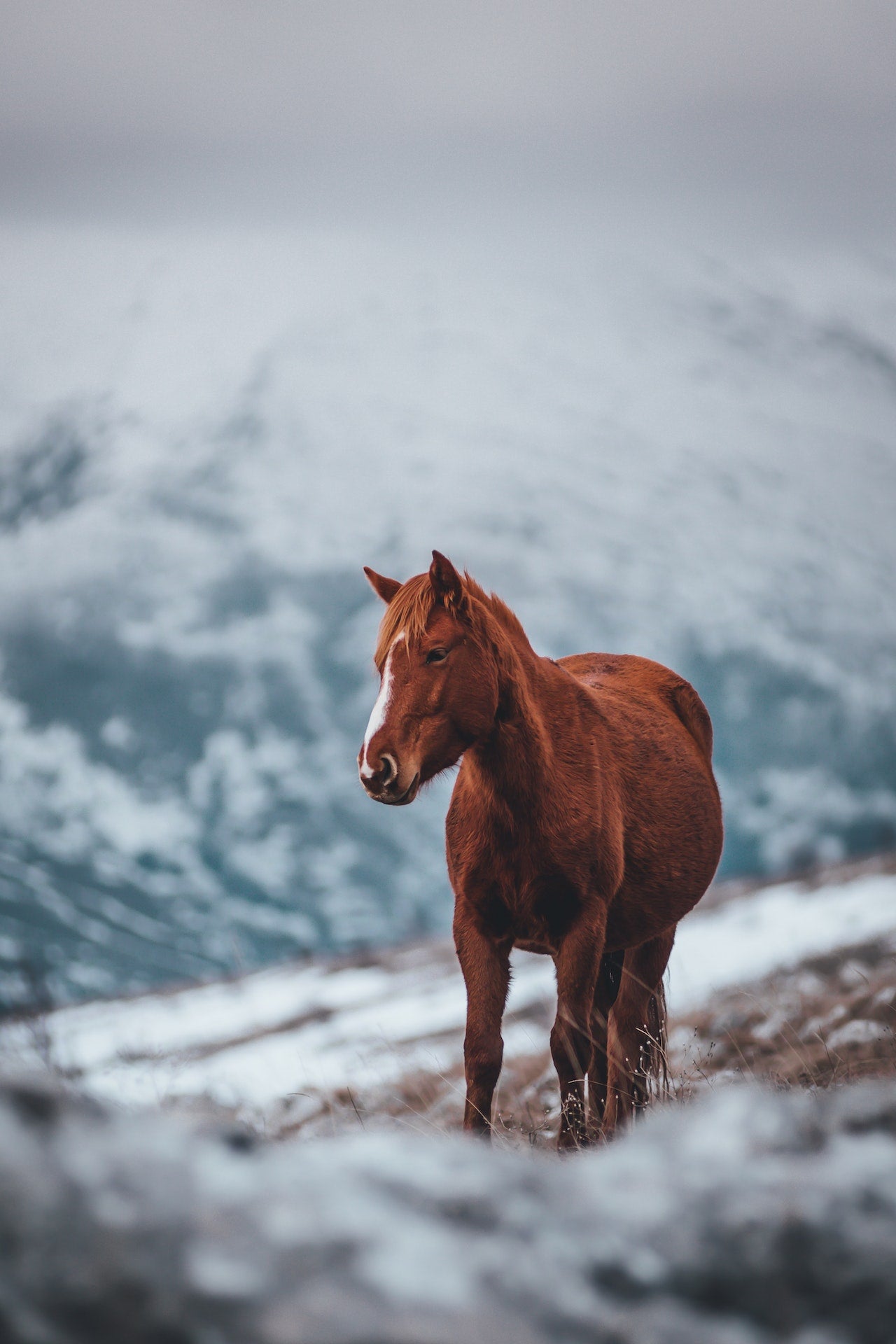
Unravelling the Mystery of Feeding Thistles to Horses
Under the lush pastures and rolling meadows where horses graze, there is a thorny mystery that has aroused discussions among equine enthusiasts: Can horses eat thistles without harm? When it concerns equestrian nutrition, these prickly plants with colourful blossoms and intimidating thorns have long been the subject of debate. The temptation of including thistles in their feed regimen draws horse owners who want to provide their treasured friends with good nutrients.
This fascinating investigation explores the prickly world of thistles and their possible use in a horse's diet. We will explore the mystery surrounding these hardy plants, carefully assessing their nutritional makeup, advantages, and potential drawbacks. Without a question, when it's related to our equine friends, safety comes first. We'll talk about the dangers that come with thistles' powerful thorns and prickliness as well as the important factors that need to be taken into thought before adding them to a horse's diet.
Get ready to be fascinated as we solve the complex puzzle and question popular opinion. Join us in our investigation to determine whether feeding thistles to horses is a bold move or a closely-kept secret just waiting to be disclosed.
Can Horses Eat Thistles?
Horses can eat some varieties of thistles; however, it is typically not advised. Prickly plants in the Asteraceae family include thistles. They may be dangerous to horses owing to their sharp thorns, which, if consumed, can hurt the mouth, throat, or digestive tract. While some horses may occasionally munch on thistles, it is not their ideal or favourite meal.

Thistles
The Asteraceae family, one of the biggest plant groups, includes a group of blooming plants known as thistles. They are distinguished by their sharp stalks, prickly leaves, and colourful blooms. Around the world, thistles may be found in a variety of environments, such as meadows, fields, woodlands, and even disturbed regions like roadsides.
While certain thistles are seen as invasive species in some areas, they are also vital to the ecosystem. They give a variety of insects, birds, and small animals food and habitat. The fact that some thistle species are utilised in traditional herbal medicines and even serve as national emblems in various nations adds to their historical and cultural value.
Although there is some nutritional value in thistles, it is important to consider the species and stage of growth they belong to. While thistles may not be a horse's main source of nourishment, they do include several nutrients. Thistles contain fibre, minerals such as calcium, magnesium and potassium, vitamins B, C, and K, and antioxidants.
Considerations for Feeding Thistles to Horses
Safety
The spiky thorns that distinguish thistles from other plants constitute a danger of damage to horses. It is essential to thoroughly remove the thorns from thistles before feeding them to animals to reduce the danger of oral or digestive system damage.
Nutritional Balance
Horses shouldn't be fed thistles as their main source of nourishment. Even though they may include a considerable amount of nutrients, they should be added to the diet after taking the horse's total nutritional requirements into account.
Palatability and Digestibility
Due to their prickly structure and perhaps harsh flavour, thistles may not be well-liked by horses. It is advised to test out a tiny amount of thistles in the horse's diet first and see how it affects the animal.
Monitoring and Adjustment
Paying close attention to how a horse reacts to thistles in their diet is critical. Keep an eye out for any indications of unfavourable effects, such as behavioural changes or stomach discomfort. Changing the diet properly or stopping feeding thistles completely is crucial if any unfavourable effects are noticed.
The Potential Risks of Feeding Thistles to Horses
Horses who are fed thistles run the danger of getting hurt because of their thorny nature. Thistles have sharp thorns or prickles that can hurt a horse's mouth, throat, or digestive tract if consumed without taking the appropriate measures. The following dangers should be taken into account:
Mouth Injuries
Inadvertent pricking of the lips, gums, or tongue can occur in horses while they are attempting to feed on thistles. The thorns may result in cuts, punctures, or abrasions, which may result in irritation, pain, or infection.
Dental Problem
Thistles' prickly nature can also lead to dental problems in horses if they nibble on them. Teeth injury from the thorns may result in broken or chipped teeth, mouth discomfort, or trouble chewing.
Throat Obstruction
A horse runs the danger of developing thorn lodgement in the throat if thistles are consumed without proper processing or thorn removal. This may result in choking or obstruction, necessitating possible veterinarian assistance to extract the embedded thorn.
Digestive Issues
The sensitive mucosa of the horse's digestive tract is susceptible to damage by thistle thorns. If thistles with intact thorns are consumed, the oesophagus, stomach, or intestines may be harmed, which might result in inflammation, ulcers, or even internal injuries.
Nutritional Value of Thistles
Fibre
Thistles often contain high levels of dietary fibre, which helps to maintain a healthy digestive tract and control bowel motions.
Minerals
Thistles include potassium, calcium, magnesium, iron, and phosphorus among other minerals. These minerals are essential for many body processes, such as bone health, muscular contraction, and nerve transmission.
Vitamins
Certain vitamins, such as vitamin C, vitamin K, and B vitamins like folate and riboflavin, can be found in thistles. The immune system, blood coagulation, energy metabolism, and other critical activities all benefit from the presence of these vitamins.
Antioxidants
Flavonoids and phenolic chemicals, which are antioxidants found in thistles, help shield cells from oxidative damage brought on by free radicals.
Processing and Preparing Thistles for Horses
Thorough Cleaning
To start, give the thistles a thorough cleaning to get rid of any dirt, debris, or pollutants. As a result, a pure and secure product is produced for consumption.
Removing Thorns and Spines
Before giving thistles to horses, take care to remove any thorns or spines that may be present. The prickly sections can be removed by donning gloves and using a sharp knife or pair of scissors.
Cooking or boiling
Thistles can be softened and made safer for ingestion by cooking or boiling. This procedure aids in weakening the tenacious fibres and removing any harmful poisons.
Drying
Drying the thistles is a different approach. To eliminate moisture, hang them somewhere well-ventilated or dry them using a dehydrator. The thistles can be crushed or broken into tiny bits after drying so that horses can eat them more easily.
Final Words
When it comes to feeding horses, thistles may be an interesting subject. Although they have some nutritional value and can occasionally be taken by horses, it is important to approach their inclusion in the diet with care and attention.



